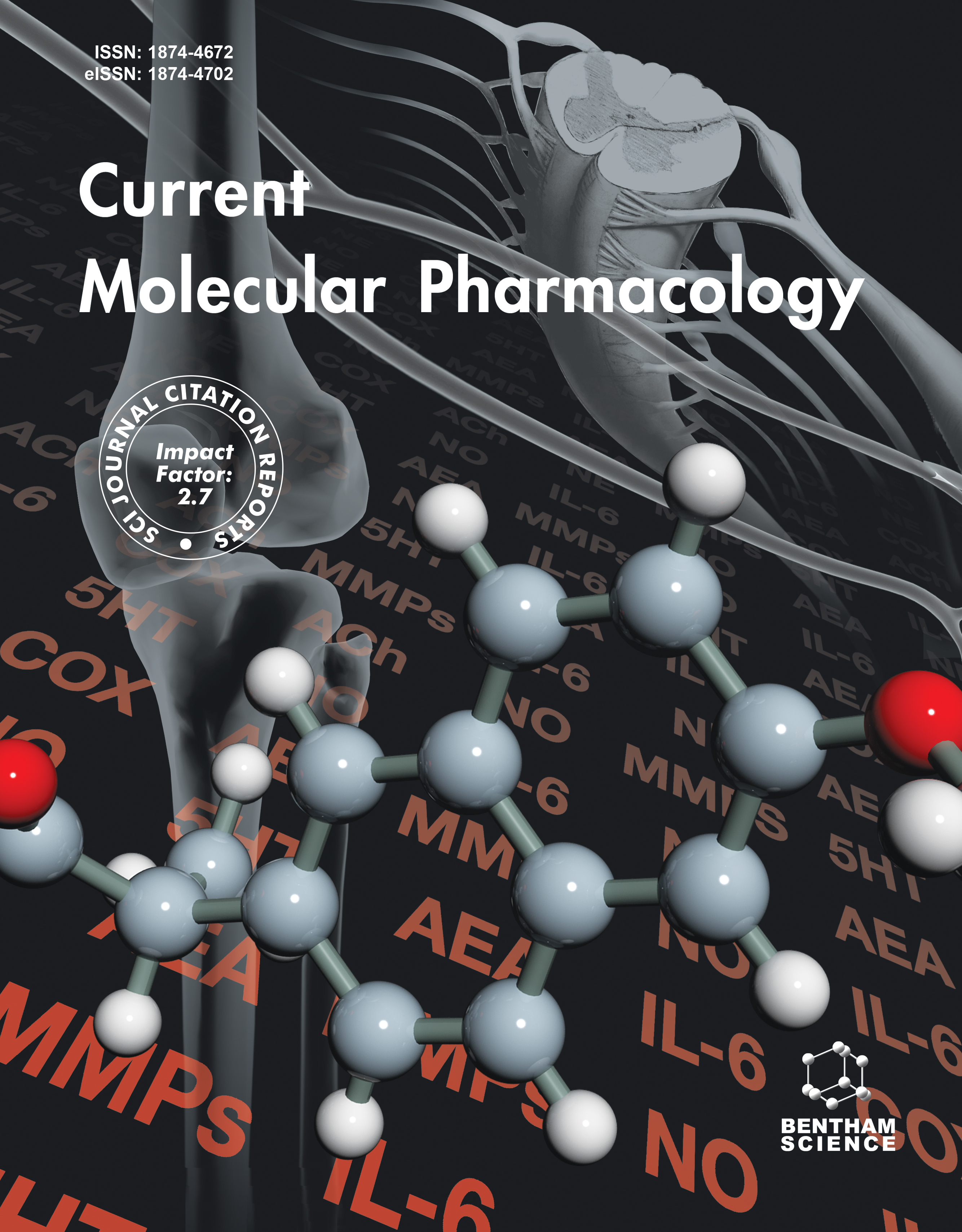-
oa DDR1-Induced Paracrine Factors of Hepatocytes Promote HSC Activation and Fibrosis Development
- Source: Current Molecular Pharmacology, Volume 17, Issue 1, Jan 2024, e220223213911
-
- 01 Oct 2022
- 29 Dec 2022
- 04 May 2023
Abstract
This study investigated the role and potential mechanisms of Discoidin domain receptors-1 (DDR1) during liver fibrogenesis.
Blood and livers were collected from mice. In the in vitro experiments, human normal hepatocyte (LO2 cell line) and human hepatoma cells (HepG2 cell line) with overexpressed DDR1 (DDR1-OE) or DDR1 knockdown (DDR1-KD) were constructed by transfecting the corresponding lentivirus. Human hepatic stellate cells (LX2 cell line) were incubated with a conditioned medium (CM) of the above stable transfected cells treated with collagen. The cells and supernatants were collected for molecular and biochemical analyses.
DDR1 expression was increased in hepatocytes from carbon tetrachloride (CCL4)-induced fibrotic livers compared to normal livers in wild-type (WT) mice. Liver fibrosis was relieved, and hepatic stellate cells (HSC) activation was decreased in CCL4-treated DDR1 knockout (DDR1-KO) mice compared with CCL4-treated WT mice. LX2 cells cultured in CM of LO2 DDR1-OE cells revealed increased α-smooth muscle actin (αSMA) and type I collagen (COL1) expressions and cell proliferation. Meanwhile, cell proliferation and the expression levels of αSMA and COL1 in LX2 cells cultured in CM of HepG2 DDR1-KD cells were decreased. Moreover, IL6, TNFα, and TGFβ1 in CM of DDR1-OE cells appeared to promote LX2 cell activation and proliferation, regulated by NF-κB and Akt pathways.
These results indicated that DDR1 in hepatocytes promoted HSC activation and proliferation and that paracrine factors IL6, TNFα, and TGFβ1 induced by DDR1 through activating NF-κB and Akt pathways may be the underlying mechanisms. Our study suggests that collagen-receptor DDR1 may be a potential therapeutic target for hepatic fibrosis.


